Organization
The Ayuntamiento de La Puebla de Montalbán has been the creator and organizer of the 'Festival Celestina. La España de Rojas' since its inception, beginning with the 5th Centenary of the publication of the first edition of La Celestina in 1999.
Throughout this 5th Centenary, numerous events and activities were held across the year in various locations related to the author's life and his immortal work—such as Salamanca, Talavera de la Reina, Burgos, Toledo, and La Puebla de Montalbán, the main host.
The program included, among other events, the International Congress for the 5th Centenary of La Celestina (1499–1999); an art exhibition by Teo Puebla, created specifically for the new edition of La Celestina, which toured several cities; and conferences featuring speakers such as Juan Goytisolo, Julio Rodríguez Puértolas, José Hierro, and other prominent figures from both the national and international cultural scene. In addition, there were staged readings, and a theatrical performance of La Celestina directed by Fernando Rojas, who also led the paratheatrical staging of La España de Rojas (Sermo Medieval). Due to the event’s great reception and the enthusiastic participation of local residents, the town council decided—via a government committee—to establish this paratheatrical performance as an annual tradition. Since then, the council has taken charge of its organization, relying on outstanding professionals to bring each edition to life.
The Festival's success lies in how the entire town has embraced the project. Over the years, different administrations have worked hard to continue growing and giving visibility to our history, culture, and heritage.
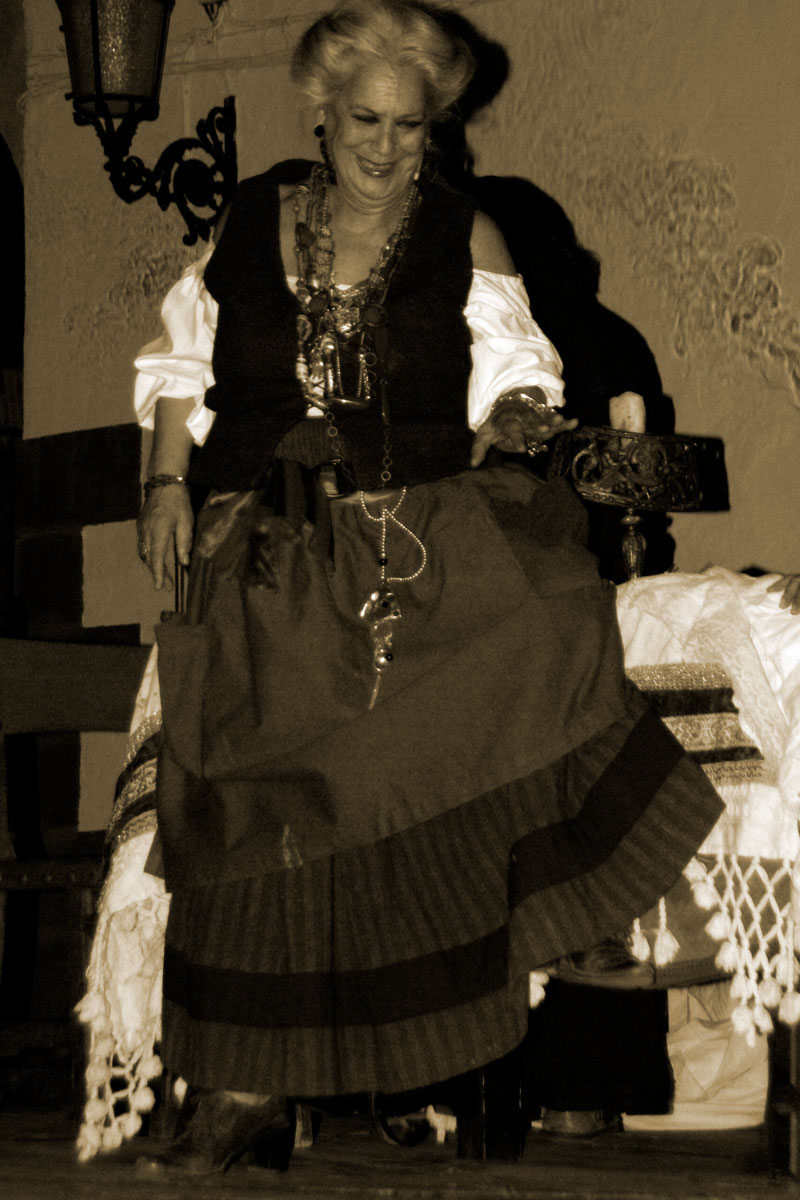
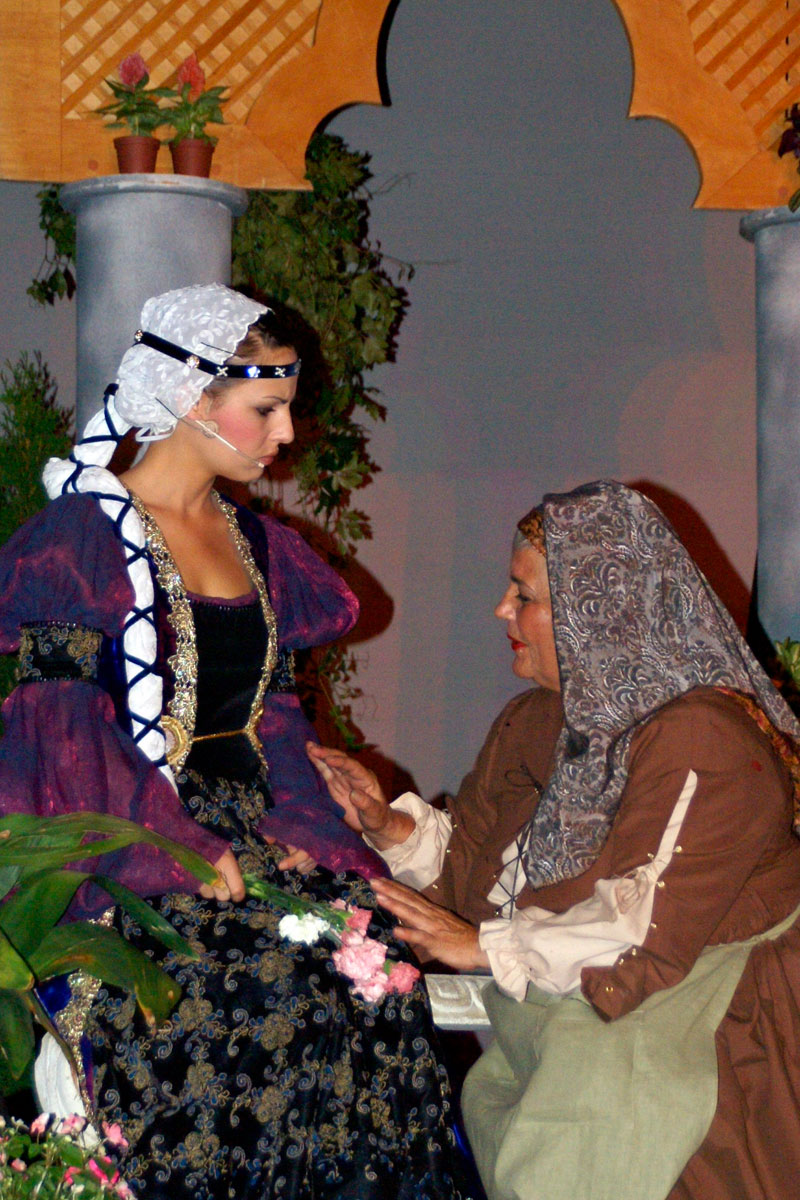
History
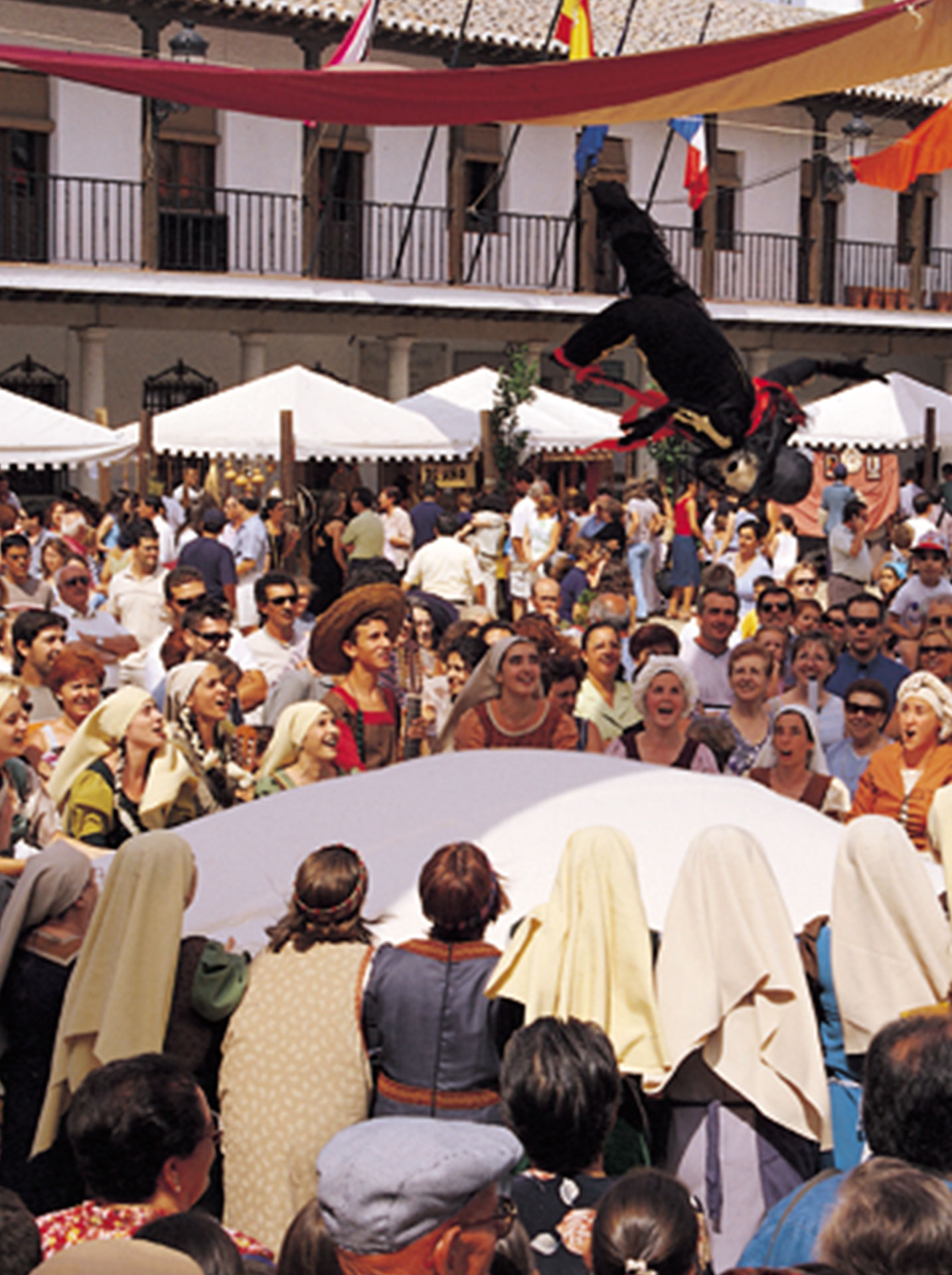
It was born as part of the activities scheduled for the 5th centenary of the publication of the first edition of La Celestina. Among all the initiatives carried out throughout the year, the highlight was the paratheatrical performance of La España de Rojas (15th-century Medieval Sermo), presented as a cultural and touristic event. It was conceived with the philosophy of involving local associations and residents as actors in the performance, making them a driving force behind a collective project aimed at promoting and spreading the name of La Puebla de Montalbán across the region.
The first three editions were directed by the theatre company Teatro del Arte, led by performing arts scholar Fernando Rojas. During those years, particular emphasis was placed on a rigorous historical investigation into the events that took place in our town during the time and context in which Fernando de Rojas lived, making use of La Puebla de Montalbán’s artistic, cultural, and architectural heritage. This research gave rise to vivid historical reenactments, such as what an Auto-da-fé might have looked like, in which the Spanish Inquisition judged “suspects” of heresy, as well as representations of the Procession of the Cross and the Procession of Disgrace. These performances were marked by the deep involvement and participation of the entire community, with the shared goal of bringing visibility to the history of our town.
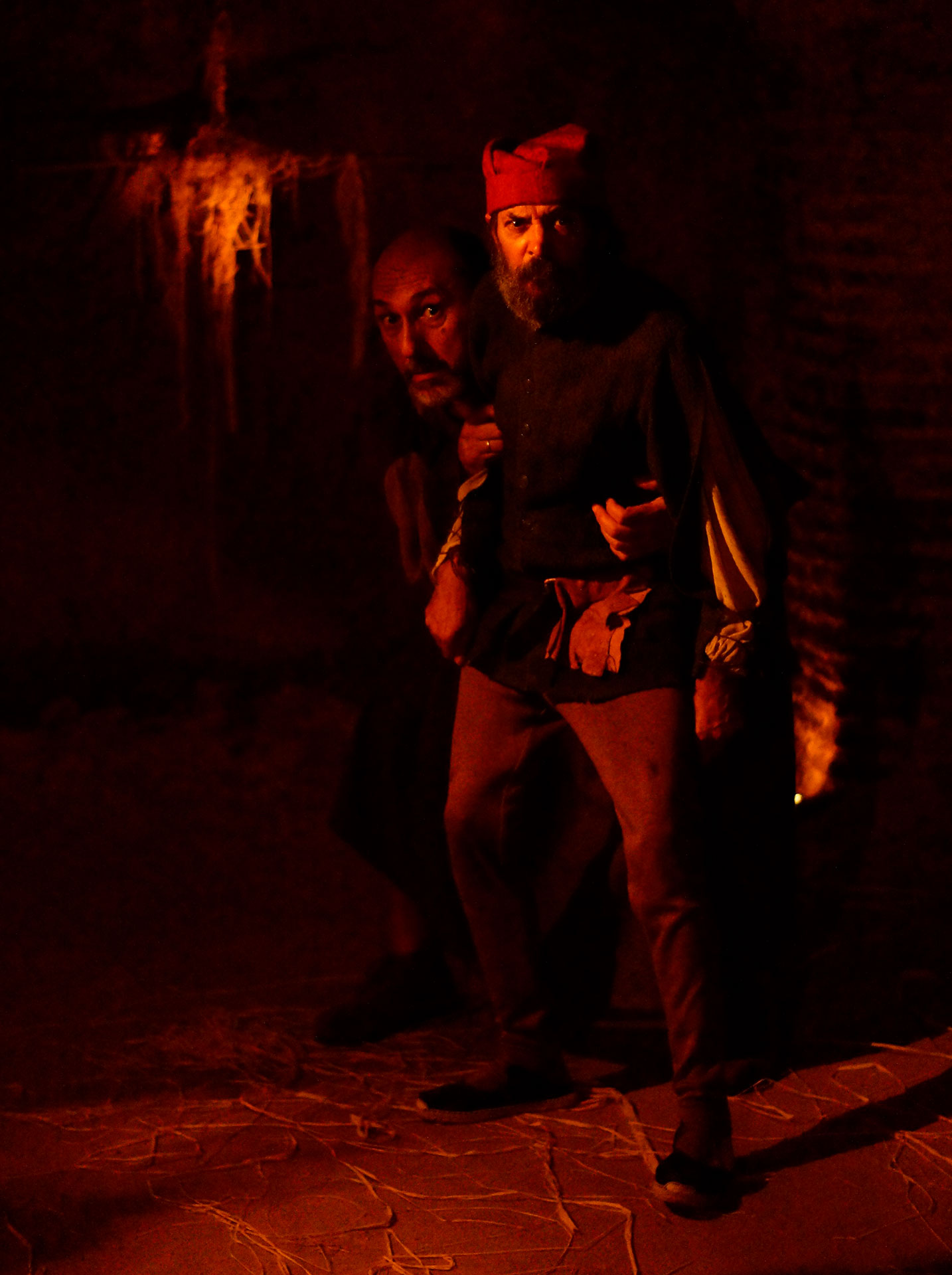
The project was taken over by the company La Recua Teatro, led by Luis María García and María Elena Diardes. The goal of this new direction was to build on what had already been achieved, expanding the dramaturgical approach and seeking out new performance spaces for the development of the project. Among the newly explored spaces, the local caves stood out — true architectural gems of our town and a defining element of the festival — made possible thanks to collaboration with their owners. Over the years, these caves have been restored and adapted for performances, and other locations have been added, such as monuments and sites declared of Cultural Interest: the Torre de San Miguel, the Convent of the Conceptionist Mothers, the Palace of the Counts of Montalbán, and the Plaza Mayor, declared a Historic Monument — along with streets, Castilian courtyards, churches, and gardens throughout the town.
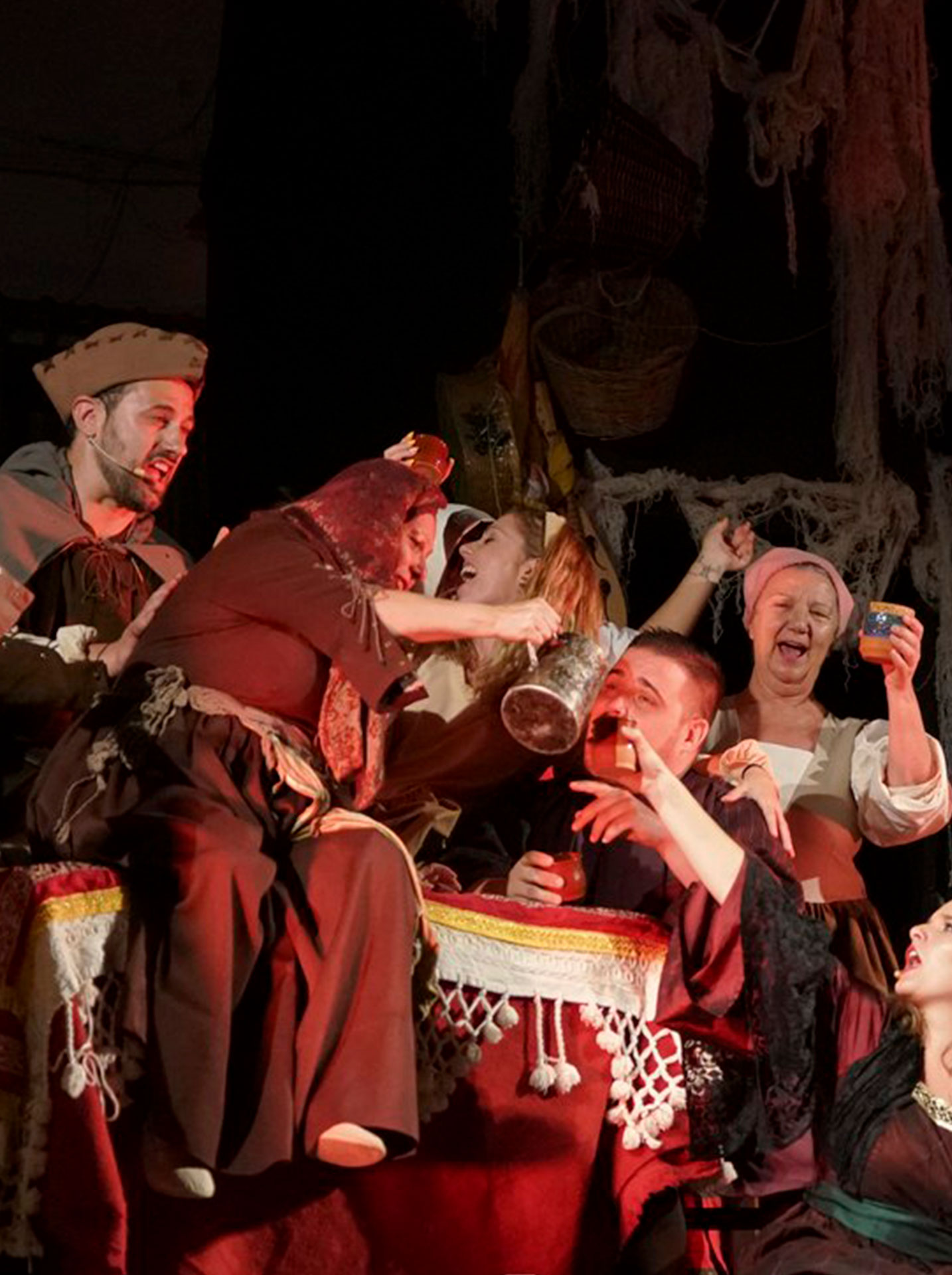
“Festival Celestina. La España de Rojas” changed both its name and format, making the play La Celestina its central performance, with a cast that brought together professional actors and actresses alongside local residents. Year after year, the cultural offering has continued to grow, with theatre playing a leading role, and complemented by music, talks, discussions, film, children’s shows, performances, and more.
Since 2015, the Festival has been officially recognized as a Regional Tourist Event of Interest, a distinction that reflects the outstanding work carried out over the years and the incredible effort of an entire town—its residents, associations, and various local groups—supported by renowned professionals and theatre companies. Together, they have committed themselves to a unique and exceptional project that pays tribute to our illustrious neighbor and his universal masterpiece, La Celestina.
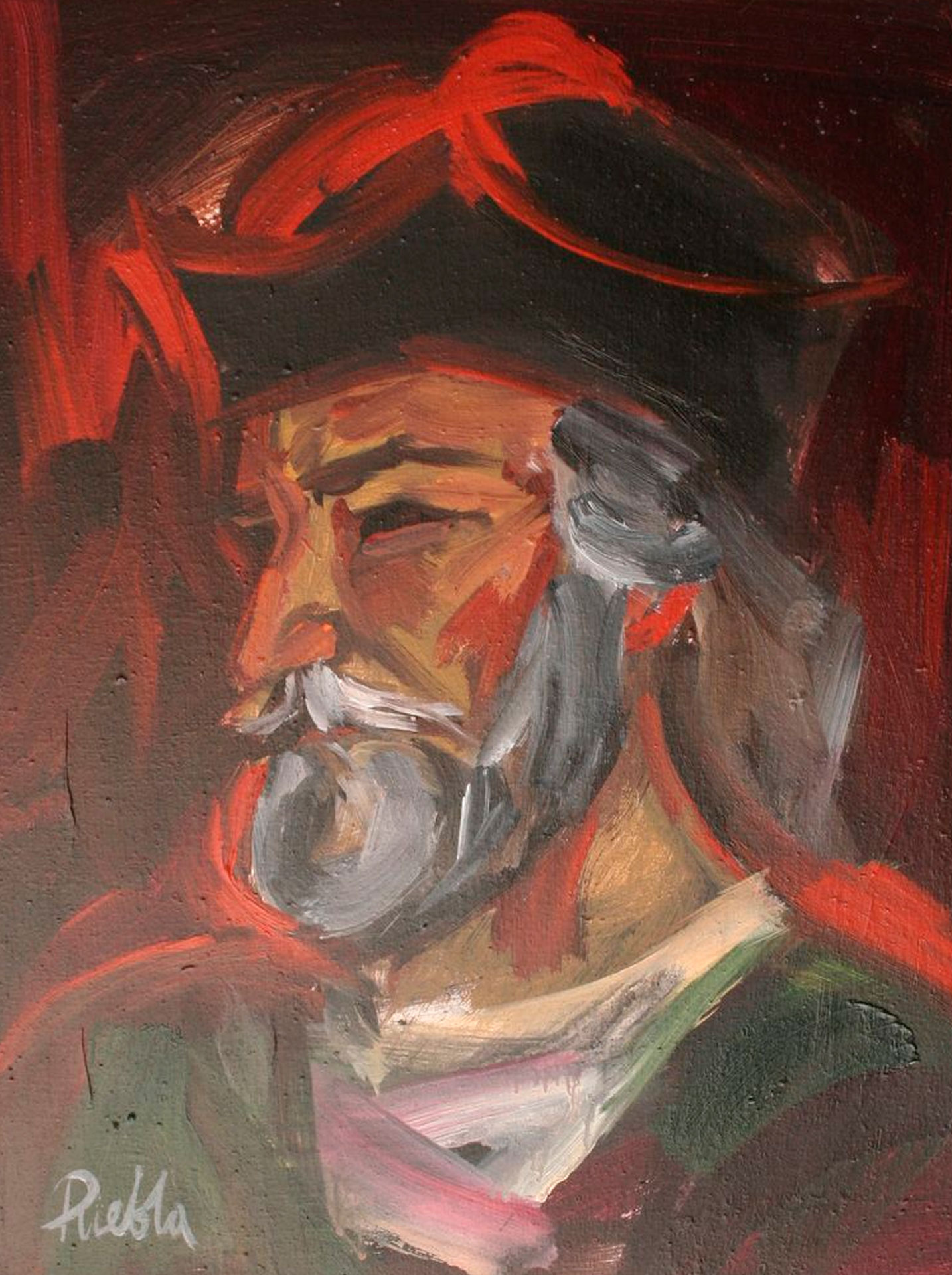
Since the beginning of the project, the driving and gathering hub has been the Museo La Celestina—the only museum in the world dedicated to the author and his work. Among many other things, it houses the 5th Centenary Collection, composed of 32 canvases illustrating the acts and characters of La Celestina, along with 73 preparatory drawings by the local painter Teo Puebla. The museum’s collections aim to offer the most comprehensive possible view of the era in which Fernando de Rojas lived, and also include displays of vintage photographs, a bibliographic collection of various editions of La Celestina, agricultural tools and implements, medieval and traditional costumes, historical documents, and more.
The goal for the coming years is to continue along the path of dreams, hard work, and dedication—a journey we wish to pursue together, growing year after year until we reach our main aspiration: to make La Puebla de Montalbán a cultural benchmark of the highest level, and to establish the Festival as a meeting point for all those who cherish art in any of its forms.
